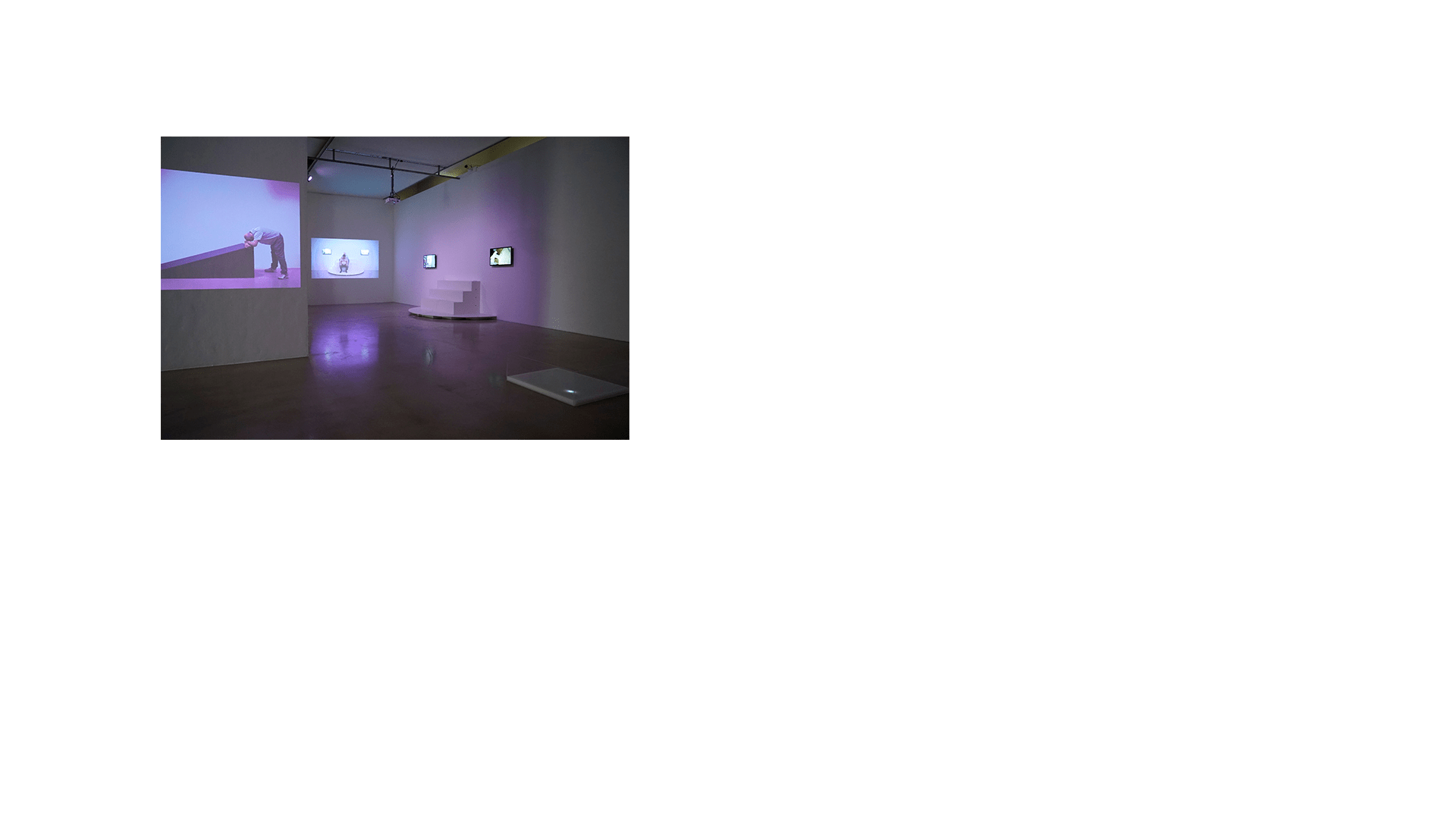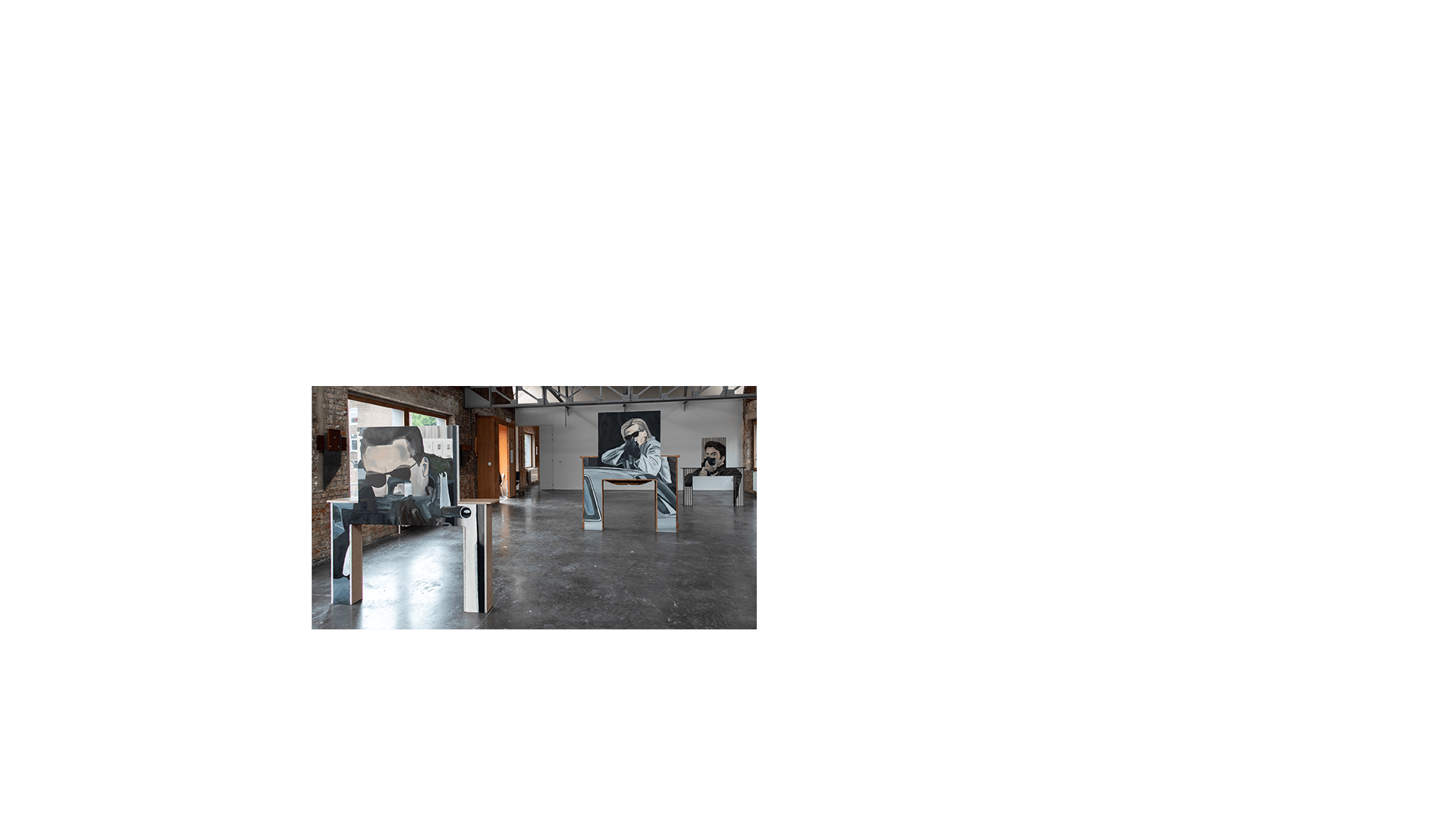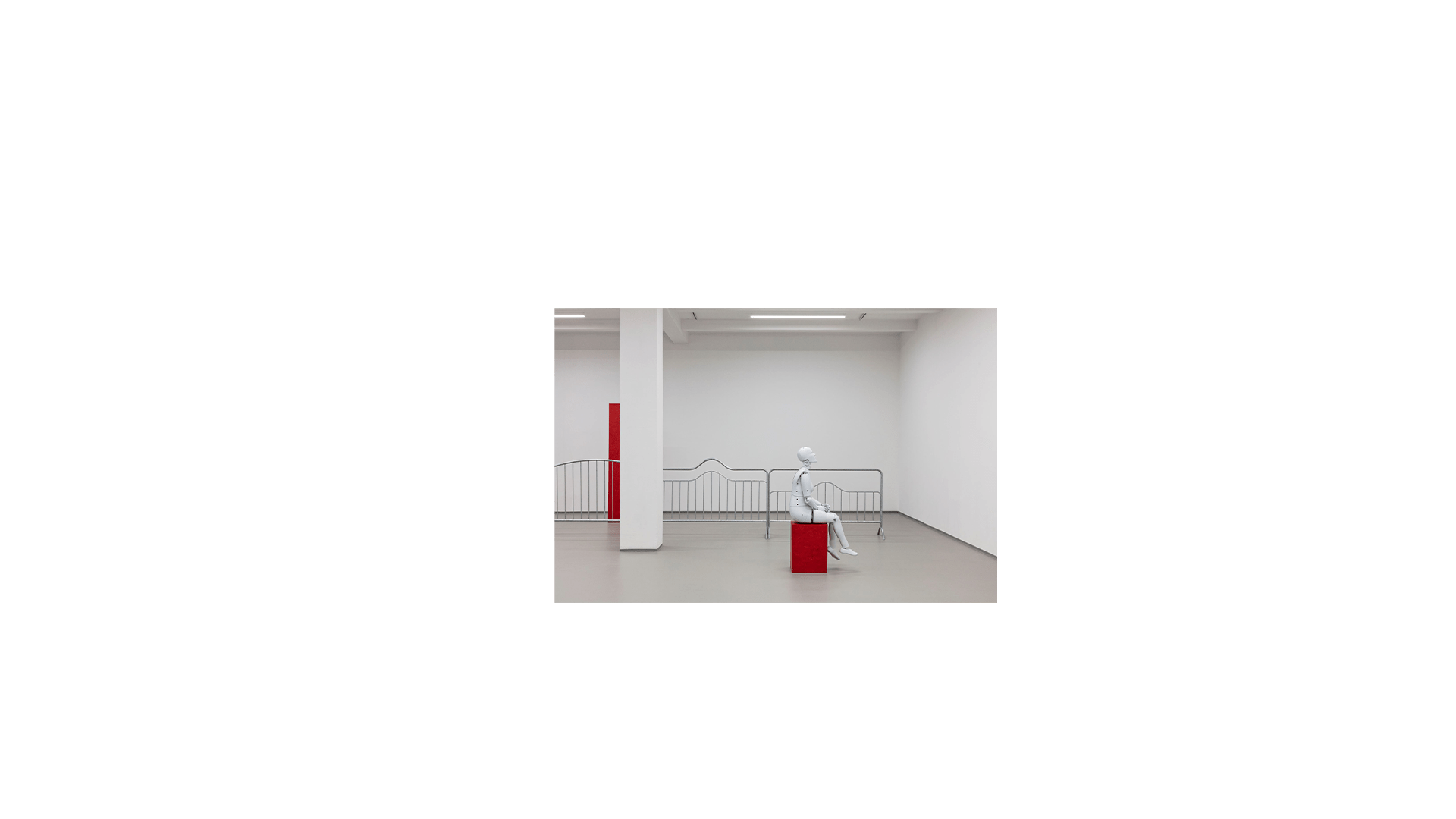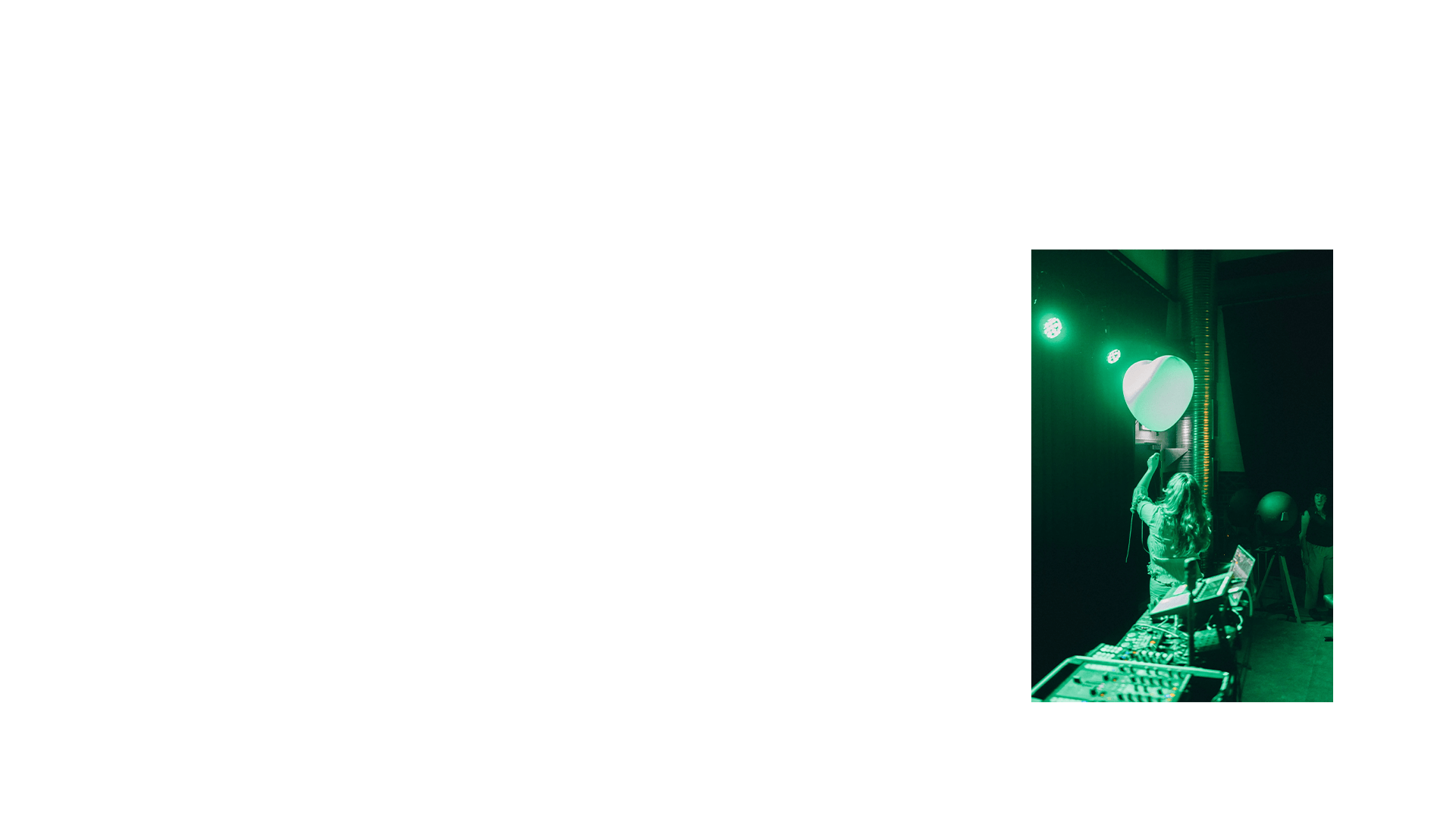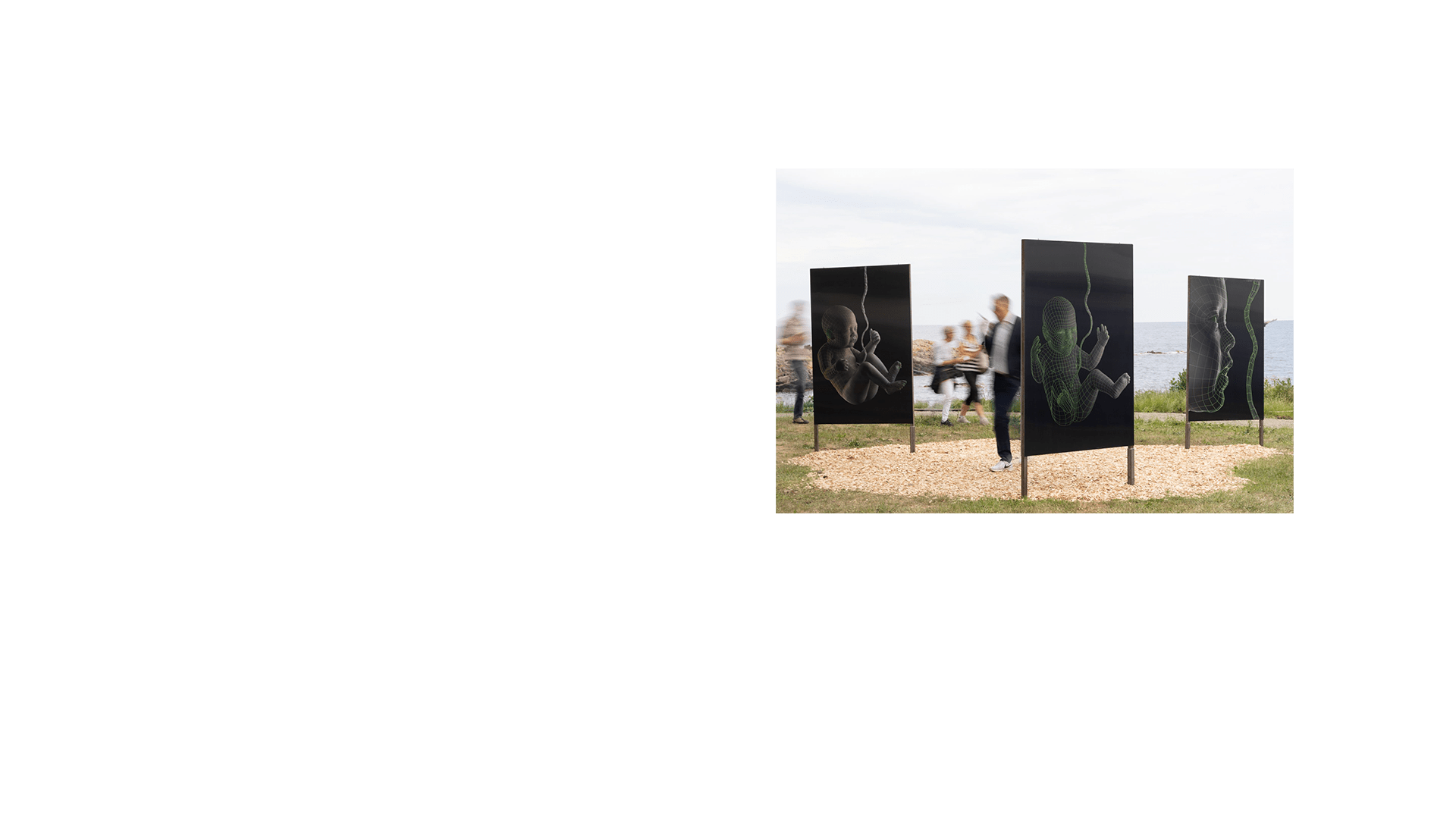Launch of film portrait of artist Hannah Heilmann
Date:
Hannah Heilmann is both a visual artist and an art historian. And it’s precisely the combination of the two – the historical perspective and the contemporary art practice – that we see so clearly revealed in her works, simultaneously unmodern and contemporary. On the planet’s critical condition, class, consumerism, and clothes.

Hannah Heilmann. Photo: Luna Stage
Heilmann places her work on the altar of ambivalence. In it, we find both anxiety and hope, nostalgia and modernity, humour, and solemnity. She forms her work through these contradictory feelings in an idiom, simultaneously warm and cold, of escapism: we see old doors and windows, lowly scraps of textiles, vintage Laura Ashley dresses and quirky fashion sketches caught in printed grids with humorous titles like 19th Century Dresses Daydreaming About the ‘80s.
Hannah Heilmann works with performance and installation, print, watercolour and found objects, particularly clothing, with which she has an enduring love-hate relationship. On one hand clothing serves for her as some kind of a talisman: costume, art object, image; on the other hand, it’s a necessary visor for the skin which, in the shape of accelerating consumer goods, has developed into one of the world’s most climate-damaging products.
Composting Art
Last year, Hannah Heilmann was selected by the art institution Art Hub Copenhagen (AHC) to participate in the Artistic Practice programme, communicating the artist’s practice to the public through an interview and film portrait with a view to reaching an international art audience. This film, now being released, offers an introduction to Heilmann’s practice and the themes with which she works.
Hannah Heilmann is a collector. For many years, she’s been “hoarding” things together and archiving them in eccentric boxes in her studio. She’s become particularly noted for her artistic embrace of consumerism and social class through a vintage lens: the tranquillity of The Little House on the Prairie meets the online web-shop, an always-available outlet for the all-consuming urge to consume.
Because although Heilmann usually works in an old-fashioned idiom and subtle nuances, her visions, and the knowledge she produces with her work, are always reflections on our contemporary world and its condition. In Heilmann’s own words, this is a “neurotic, composting, digesting, emotional, processing knowledge”; “an affective reading of a space and a situation” that can serve as a glance, both hopeful and anxious, at our shared present.
Climate diagnosis
Residing in Hannah Heilmann’s work is a longing, frequently replaced by regret, by shame and deep remorse on behalf of the ecosystem we share. What is it that imprisons us in the capitalist system, in consumerism? And how do we handle our own shame when it hits us? How do we live with ourselves when we simultaneously want to sustain and ruin our habitat?
Hannah Heilmann never gives us the solutions, only the indecision, the ambivalence, the interactions – and, thus, the nuances as a kind of eternal answer. As a diagnosis of the essentially human. And here, the materials and images of the past are a recurring motif:
“I often look back at what we did the last time we felt we were in a deep crisis. How did we prepare ourselves, how did we handle it? This looking back can take the form of nostalgia or meticulous archaeology, it can be ecstatically hopeful or depressing. I think climate art can take many different shapes. It’s not only about pointing to the challenge, it’s also about pointing to your own concerns and your own hopes. The diagnosis of our society is mine. But I allow myself to think that if it’s mine, it’s probably someone else’s too”.
You can see the film on Hannah Heilmann here.
More on Hannah Heilmann
Hannah Heilmann holds an MA in Art History from the University of Copenhagen and teaches at the Royal Academy of Fine Arts in Copenhagen. She works primarily with installation, objects and performance, and has performed at Marselleria in Milan, Manifesta 11 in Zurich, SMK (the Danish National Gallery) and the National Gallery of Art in Vilnius. Her exhibitions include presentations at AROS, Møstings Hus, Den Frie, Shoot the Lobster in Los Angeles and EKKM in Tallinn. She was co-founder of the artistic project space TOVES (2010–2017), and part of the artist collective No Fear (2001–2010). Her works are included in the collections of the Danish National Gallery, Kunstmuseum Brandts and HEART – Herning Museum of Contemporary Art.
In her performances, and through works often created with basic and ephemeral materials, Heilmann explores our relationship to the object and the commodity. In her works, the body is pitted against the things around it, behaviour is strained between ethics and acquisitiveness, the gallery space can take the form of a showroom, and consumption is related to both desire and shame.
Of Heilmann’s exhibition A Webshop Through the Ages at Ariel in Copenhagen in 2021, the art critic Mathias Dyhr wrote that Heilmann works with surgical precision in a region “where free will and compulsion are indistinguishable, by consistently playing on ambivalence, interaction and repetition”. Through doubt and ambiguity, daydreams and everyday materials, Heilmann thus alludes to the social and economic systems into which contemporary experience is woven.
In 2022–23, she was selected for AHC’s Artistic Practice dissemination programme, which includes a live event where the artist meets an international figure of their choice. In this case, Hannah Heilmann met the curator Jeppe Ugelvig in November of 2023 for a conversation about Heilmann’s practice at Performa Biennial in New York.
Read more on Hannah Heilmann here.
More on Artistic Practice
Artistic Practice is a communication programme for established visual artists in Denmark who have made their mark in a ground-breaking and innovative way and who, while predominantly exhibited in Denmark, are considered to have international potential.
The programme is built around a video portrait and an interview with an international curator who focuses on the individual artist’s practice, with the aim of both communicating it and offering support with a view to building an international network.
As the artists are selected by a jury, it is not possible to apply for admission to the programme. Artistic Practice is organised in collaboration with editor and project manager Karina Lykkesborg.
The programme was initiated by the Bikuben Foundation, which ran the programme from 2019 to 2022. Artistic Practice continues to be supported by the Bikuben Foundation.
All the earlier films are available here.
Read more about the programme and the current artists in Artistic Practice here.



